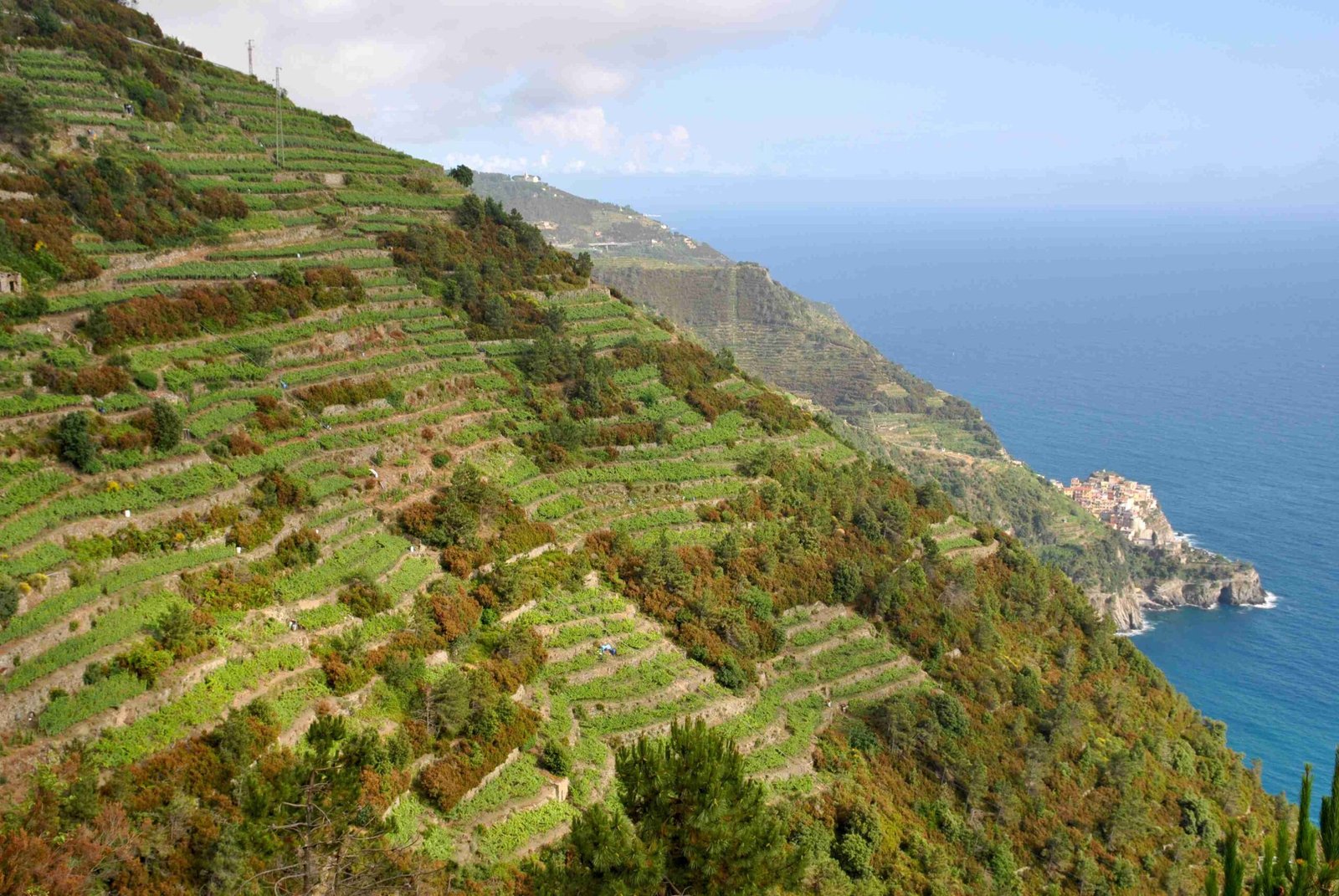Cinque Terre is a breathtaking coastal region nestled in the northwestern part of Italy, specifically located in the Liguria region. This UNESCO World Heritage site comprises five picturesque fishing villages perched dramatically along the rugged Italian Riviera coastline, offering travelers an unparalleled glimpse into the stunning geographical and cultural landscape of northwestern Italy.
What Makes Liguria the Home of Cinque Terre?

Liguria, often referred to as the Italian Riviera, is a crescent-shaped region that stretches along the northwestern coast of Italy. Cinque Terre sits within the La Spezia Province, representing one of the most iconic and visually stunning areas of this remarkable region.
Geographical Coordinates and Boundaries
| Aspect | Details |
|---|---|
| Region | Liguria |
| Province | La Spezia |
| Latitude | 44°06′N |
| Longitude | 09°45′E |
| Total Area | 38.60 km² |
Why is Cinque Terre Unique in Liguria?
Cinque Terre stands out even within the already spectacular Ligurian landscape due to several distinctive features:
- Terraced Landscapes: Steep, hand-carved agricultural terraces
- Colorful Architecture: Vibrant houses clinging to rocky cliffs
- Maritime Heritage: Traditional fishing village culture
- Ecological Significance: Part of a protected national marine area
How Did Cinque Terre Develop in the Ligurian Landscape?

The five villages of Cinque Terre – Riomaggiore, Manarola, Corniglia, Vernazza, and Monterosso al Mare – evolved over centuries as isolated communities connected primarily by narrow paths and maritime routes. Their unique positioning within Liguria’s challenging terrain forced inhabitants to develop extraordinary agricultural and architectural techniques.
Proximity to Major Cities
Cinque Terre’s location in Liguria provides strategic accessibility:
- Distance from Rome: Approximately 450 km
- Distance from Florence: Around 200 km
- Distance from Genova: Roughly 90 km south
What Natural Features Define Cinque Terre in Liguria?
The region is characterized by:
- Steep, rocky coastlines
- Mediterranean microclimate
- Extensive marine biodiversity
- Complex geological formations
- Dense Mediterranean vegetation
Climate Characteristics
- Average Summer Temperature: 25-30°C
- Average Winter Temperature: 8-15°C
- Annual Rainfall: Moderate, typical of Mediterranean regions
- Sunshine Days: Approximately 300 days per year
How Can Travelers Experience Cinque Terre’s Ligurian Landscape?
Visitors can explore this remarkable region through:
- Hiking the famous coastal trails
- Boat tours along the coastline
- Train connections between villages
- Local wine and culinary experiences
- Photography and cultural immersion
Best Times to Visit
| Season | Characteristics | Recommended Activities |
|---|---|---|
| Spring | Mild, Blooming | Hiking, Photography |
| Summer | Warm, Busy | Beach Activities, Festivals |
| Autumn | Mild, Less Crowded | Wine Harvest, Cultural Events |
| Winter | Cool, Quiet | Local Culture, Relaxation |
Conservation and Protection
Cinque Terre National Park, established in 1999, plays a crucial role in preserving this unique Ligurian landscape. The park focuses on:
- Ecological conservation
- Cultural heritage preservation
- Sustainable tourism management
- Protecting traditional agricultural practices
Visitor Guidelines
- Purchase Cinque Terre Card for trail access
- Respect environmental regulations
- Support local conservation efforts
- Follow designated hiking paths
Conclusion
Cinque Terre represents the quintessential Ligurian coastal experience – a harmonious blend of natural beauty, human ingenuity, and cultural richness that continues to captivate travelers from around the world.
